Disaccharides vs. Monosaccharides
 Article Sources
Article Sources
- 1. Zacharias, Dr. Eric. ‘Basic Understanding of Carbohydrates.' Boulder Medical Center, 24 Aug. 2015, www.bouldermedicalcenter.com/basic-understanding-of-carbohydrates/
- 2. 'Blood Sugar | Blood Glucose | Diabetes | MedlinePlus.' MedlinePlus - Health Information from the National Library of Medicine, NIH: National Institute of Diabetes and Digestive and Kidney Diseases, medlineplus.gov/bloodsugar.html
We know sugar by many names, such as cane sugar, brown sugar, molasses and barley malt; however, some sugars have less impact on the body, and other sugars are difficult for our bodies to process.
Sugars like monosaccharides and disaccharides are simple carbohydrates. Fiber and starch are complex carbohydrates. Simple carbohydrates are composed of one or two sugar molecules. Complex carbohydrates form when three or more sugar molecules bind together to form long chains that can be straight or branched. Carbohydrates are a significant macronutrient the body uses for energy, and how they get digested impacts our weight and overall health.
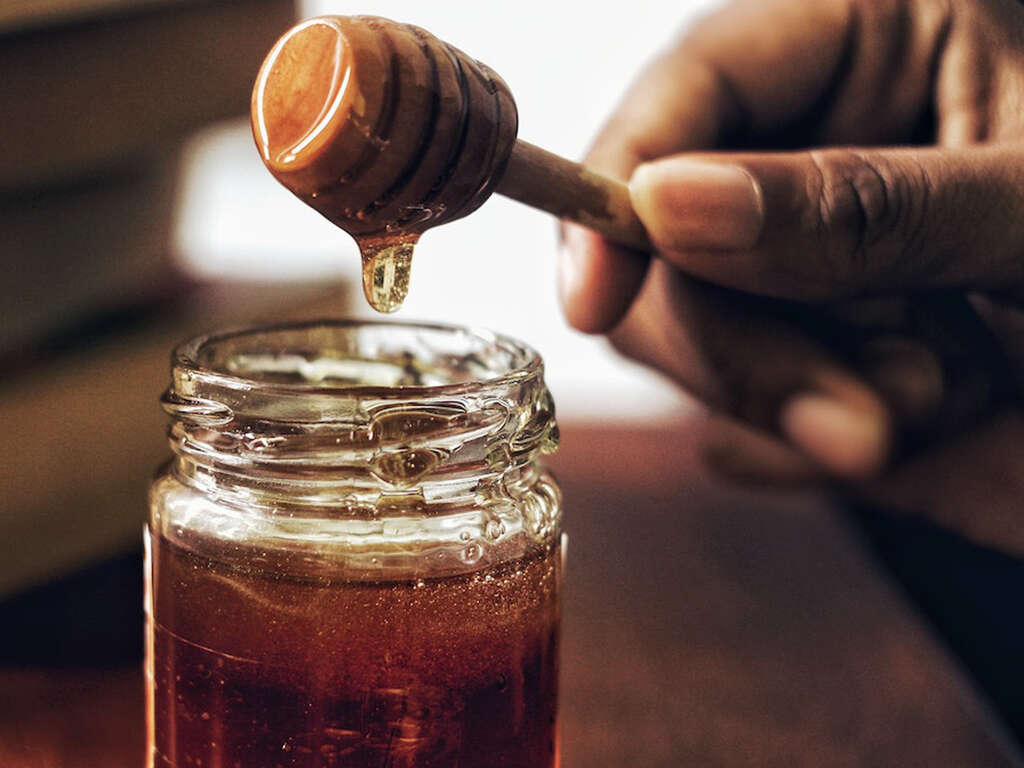
1. What Are Disaccharides and Monosaccharides?
Monosaccharides and disaccharides are part of the simple carbohydrates subgroup. Monosaccharides are made from a single simple sugar molecule. These simple sugar molecules do not break down any further. Disaccharides contain two monosaccharides bonded together. Both monosaccharides and disaccharides have similar properties, such as being water-soluble and sweet-tasting. They are the simplest forms of sugar.1Zacharias, Dr. Eric. ‘Basic Understanding of Carbohydrates.’ Boulder Medical Center, 24 Aug. 2015, www.bouldermedicalcenter.com/basic-understanding-of-carbohydrates/
Monosaccharide names end with the suffix –ose, such as glucose or fructose. Disaccharides also end with –ose and include sucrose, known as table sugar. Monosaccharides and disaccharides are the main types of simple sugars.
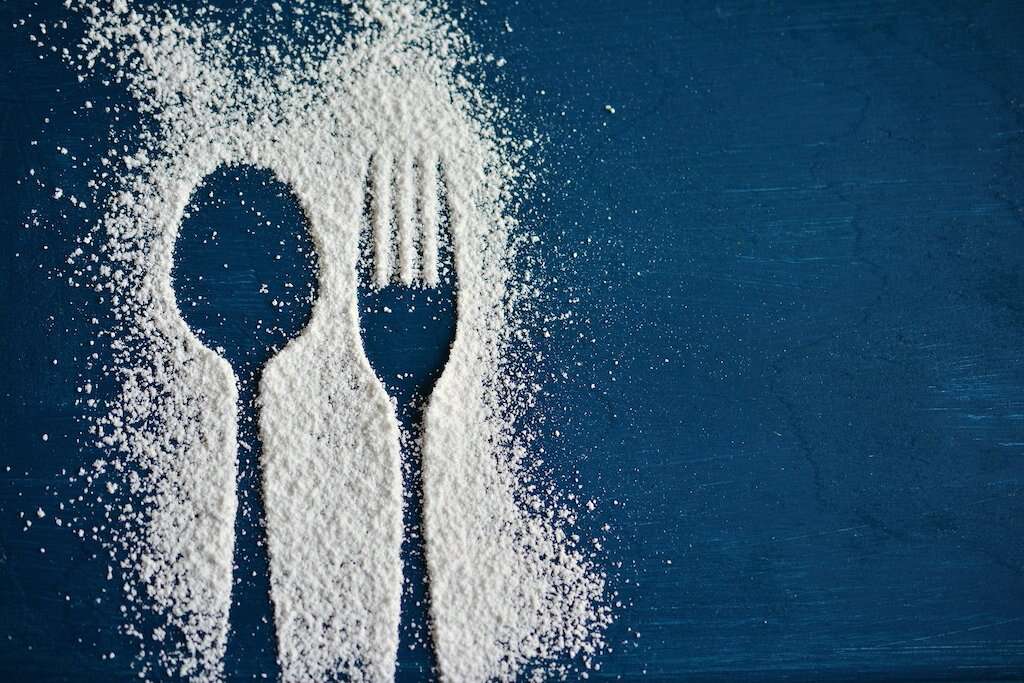
2. Three Types of Monosaccharides
Glucose, fructose and galactose are three examples of monosaccharides. While there are many more monosaccharides, these are the most common found in everyday foods.
Glucose is the sugar found in a person's blood and is an essential energy source for cells. Glucose enters the blood through ingested foods. Fructose is known as fruit sugar, coming mainly from fruits and plant-based foods such as honey, sugar beets, sugar cane and some vegetables. Galactose is part of lactose, the commonly known sugar found in milk.2‘Blood Sugar | Blood Glucose | Diabetes | MedlinePlus.’ MedlinePlus - Health Information from the National Library of Medicine, NIH: National Institute of Diabetes and Digestive and Kidney Diseases, medlineplus.gov/bloodsugar.html
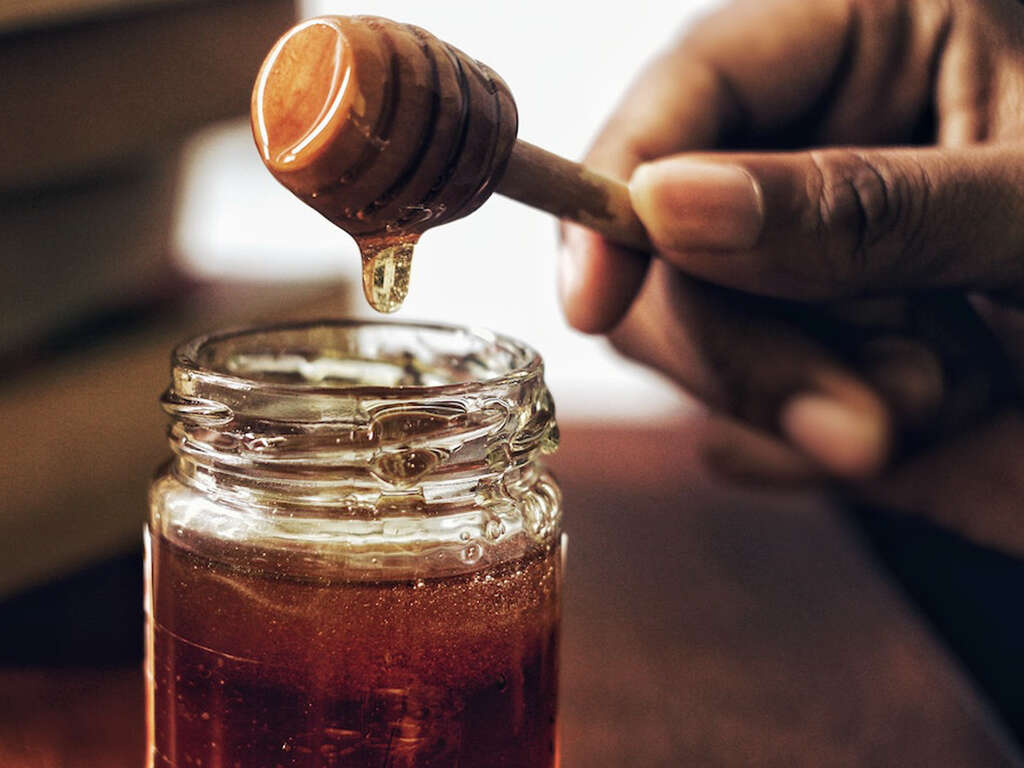
3. Healthy Foods That Are Monosaccharides
Keeping with naturally based monosaccharides assists with weight loss and blood glucose levels. Foods with naturally occurring glucose include honey, dried fruits such as dates and figs, grapes and sweet corn. These foods help to replenish blood glucose levels and should be consumed in small quantities.
Foods that contain naturally occurring fructose include fruit juices, fresh grapes, pears, kiwi, and bananas and dried fruits such as apples and dates. The third, monosaccharide-galactose, occurs in healthy dairy products such as yogurt, milk and cottage cheese.
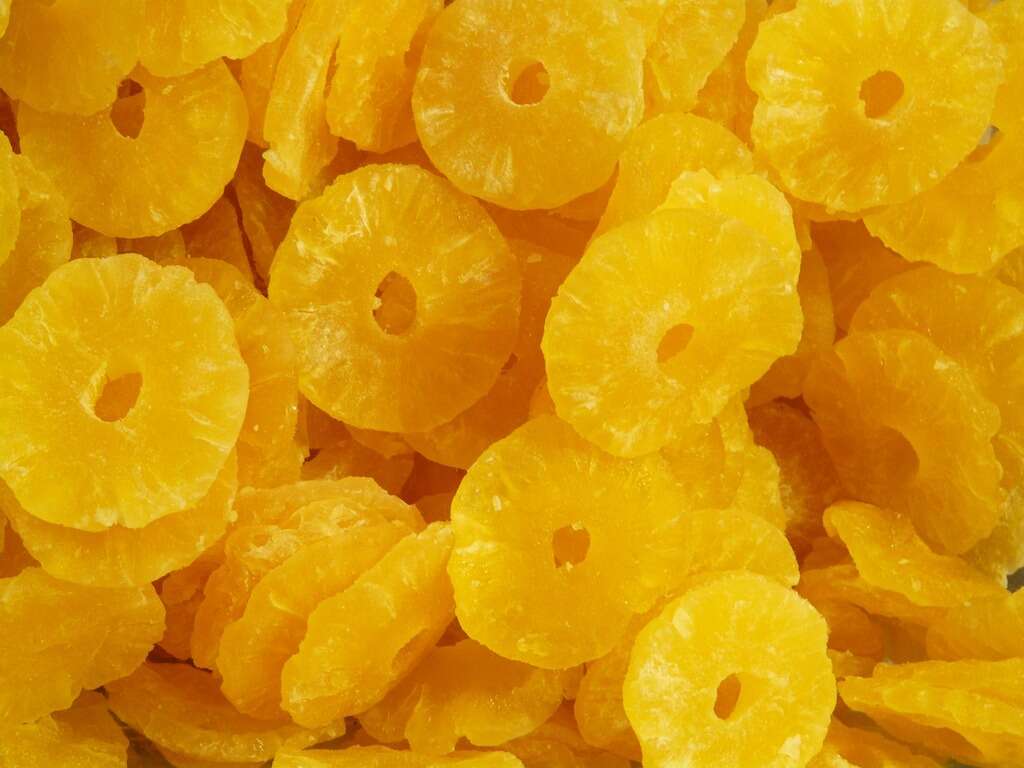
4. Three Types of Disaccharides
Disaccharides are made up of two monosaccharides bonded together and include sugars, such as sucrose, lactose and maltose. Sucrose is glucose bonded with fructose, lactose is glucose bonded to galactose, and maltose is glucose bonded to glucose. These common disaccharides are part of a healthy, sustainable diet, when consumed in moderation.
High fructose corn syrup, found in processed foods, contains corn syrup and fructose bonded to fructose, which is unhealthy. A high intake of high fructose corn syrup had been linked with obesity, diabetes, high blood pressure and heart diseases.
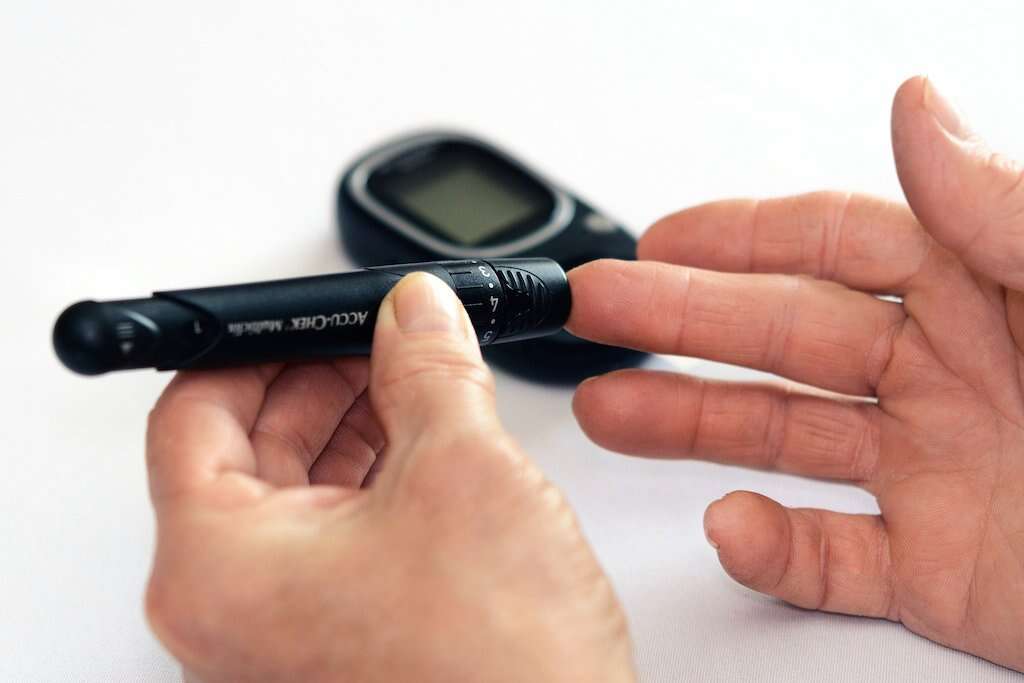
5. Healthy Foods That Are Disaccharides
Dairy foods, such as cheese, milk, butter, custard and ice cream are good lactose sources. Some people can't tolerate lactose and choose to consume lactose free dairy.
Sucrose, a naturally made sugar derived from sugar beets or sugar cane, can be refined to make molasses, brown sugar and powdered sugar. Sucrose is naturally found in some fruits and vegetables. Processed foods that add sucrose during processing include pancake mixes, candy, cookies and boxed cereals. Maltose or malt sugar is part of malted products and brewed beverages like beer.

6. The Difference Between Monosaccharides and Disaccharides
Sugar is needed for the body to maintain energy. Still, not all sugar types contain the same amount of benefits. Disaccharide foods contain two sugar molecules, forcing the body to split the sugar molecules apart to enter the bloodstream. This process slows digestion.
Monosaccharide foods are single sugar molecule foods that are absorbed directly into the bloodstream. This quick digestion does not always allow nutrients to enter the bloodstream but does let sugar absorb quickly.

7. Complex Carbohydrates Are Better for Digestion and Blood Glucose Levels
Complex carbohydrates contain more nutrients than simple carbohydrates and are rich in fiber, vitamins, minerals and antioxidants. Fiber slows down digestion and helps to overcome overeating. Foods that digest slower also help with blood glucose levels. Slowing the breakdown of these complex carbohydrates prevents high blood glucose spikes after eating.
Complex carbohydrates are fiber and starch. Both may help control cholesterol, with fiber being the more effective carbohydrate. Foods high in fiber include fruits, vegetables, legumes, nuts and whole grains.

8. Simple Carbohydrate Foods to Avoid for Weight Loss
Simple carbohydrates digest quickly, sending sugar into the bloodstream. These foods promote weight gain and diabetes. Avoiding or limiting these foods helps weight loss. Foods such as sugary soda, sugary baked goods without fiber, concentrated fruit juices and sugar-laden breakfast cereals are simple carbohydrates.
Try substituting naturally flavored waters for sugary soda, fruit instead of sugary baked goods and no-sugar-added cereals for breakfast. These substitutions contain fiber that can slow digestion. Try to eat foods that are as close as possible to their natural state.
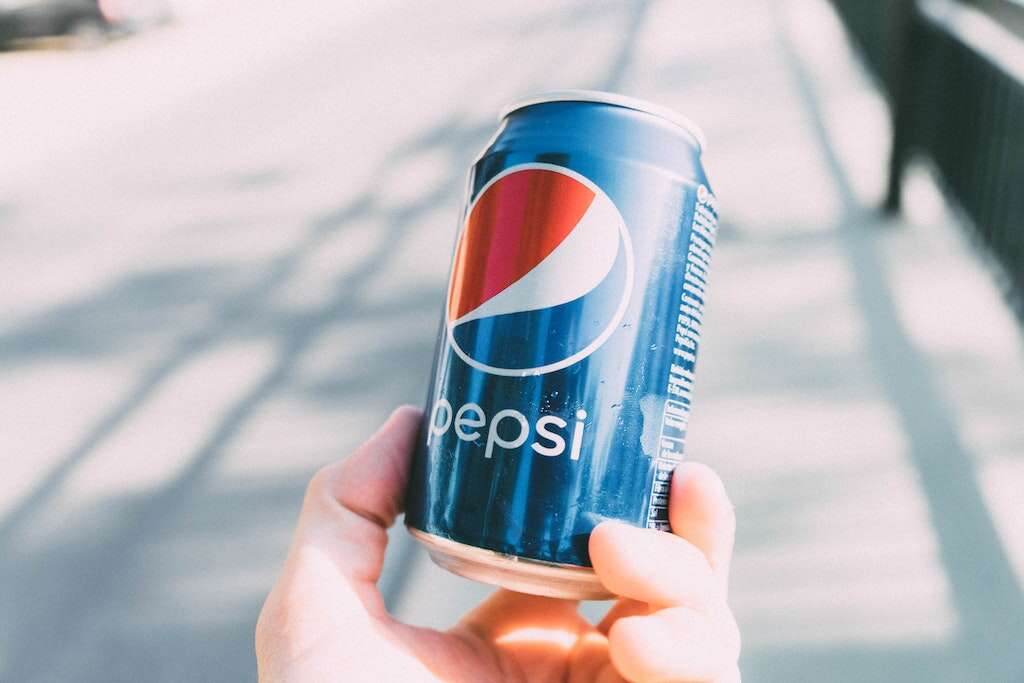
9. Lower Calorie Consumption
A diet that includes too many simple sugar foods, monosaccharides, and processed and refined carbohydrates causes excessive eating. These simple carbohydrate foods prevent a feeling of satiety and can cause weight gain from excess caloric intake. High sugar foods are also extremely addictive.
Eating more complex carbohydrate foods, disaccharides, with limited simple sugar foods, offers a feeling of being full due to fiber and slower digestion. They provide a sense of fullness with less calorie consumption.

10. Natural Sugar vs. Added Sugar
Whole foods such as fruit and vegetables contain naturally occurring sugars, healthy antioxidants and fiber. Foods without added sugar and kept in their original form without processing provide better nutritional value.
Added sugars are present in packaged and processed foods. They do not offer any benefits but add empty calories to the daily caloric intake needed to maintain proper weight and health. Losing weight is often more about eating whole foods and nutrient-dense foods rather than limiting calories.










